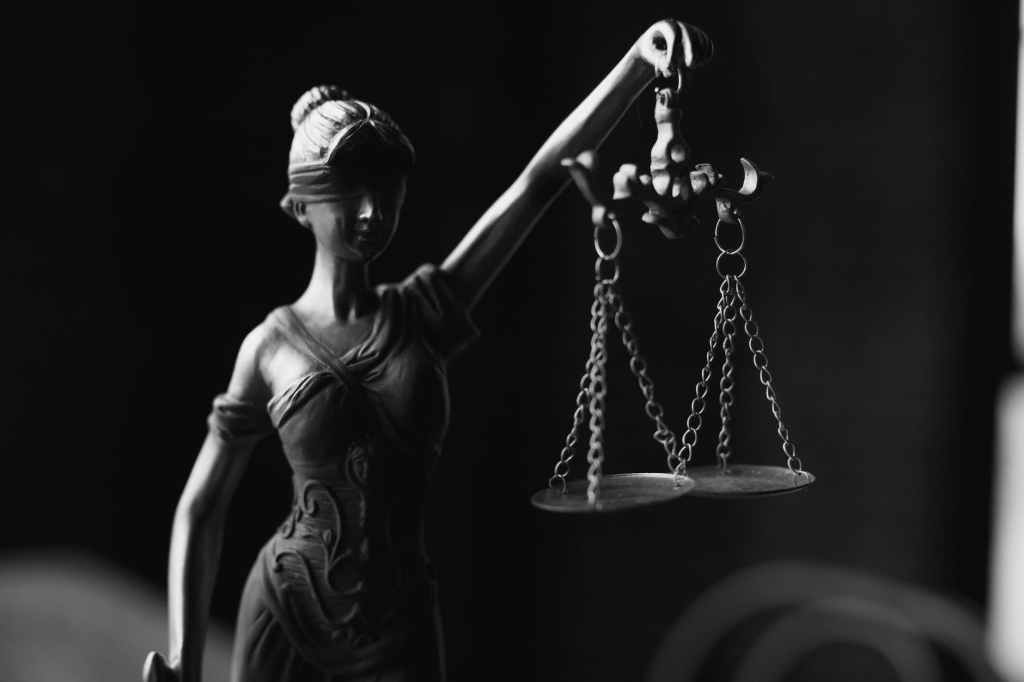Category: Uncategorized
-

The Reading Society.
There’s nothing that brings greater pleasure than reading. But over the last few years, my outlook to reading has changed. I don’t read to impress and charm anymore. I don’t read to be an activist. I’ve read, not to change the world, or illuminate it, but to look for traces of light within me. I’ve…
-

A few thoughts on the New Indian Criminal Laws. (Part 1)
*Caveat : This piece was written on the first draft, that is, before the first draft went to the Select Committee and a new version was put up for consideration and finally passed by the Legislature. A lot of you have written to me, over the past few weeks, seeking my views on the New…
-

A Nano Book Review : The Proof by Frederick Schauer
A book that we absolutely need, though not necessarily a book that we deserve. We live in a world that is increasingly surrendering itself to a mind-numbing state of a willing suspension of disbelief. Where what we believe in is not based on the purifying streams of evidence and proof, (or enough evidence – at…
-

Law in 100 Words | Part 1 | Confronting a witness with documents during cross-examination
*Law in 100 Words – important legal/litigation concepts/procedures/practices explained simply and in less than 100 words. We kick-off this column with a very important subject : Confronting a witness with documents during cross-examination Here goes: An element of ‘surprise’ is essential to a successful cross examination. To impeach the credibility of a witness or to…
-
RIGHT TO BAIL IN CASES WHERE ACCUSED IS NOT ARRESTED DURING INVESTIGATION (GUEST POST)
Guest post by the very bright Hamna Rehan (A student of law at Jamia Millia Islamia, interning at the Chambers of Bharat Chugh) “Honoring the presumption of innocence is often difficult; sometimes we must pay substantial social costs as a result of our commitment to the values we espouse. But at the end of the…
-
Voice Samples in Criminal Investigations and Legal/Constitutional Issues that remain
First published at SCC Online Blog (Expert Column) here It is now well settled that compelling the taking of voice samples from an accused for the purpose of an investigation does not amount to a violation of Article 20(3) of the Constitution. In other words, seeking voice samples from an accused does not amount to…
-
Internship & Career Opportunities at the Chambers of Bharat Chugh.
Always keen to work with bright young legal minds who are passionate about law and justice. BUT you’ll have to meet me half-way and give me a reason to want to know you. A reason to work and engage with you, and a reason to share the little that I know about law, and –…
-

Issues relating to Multiple FIRs/Chargesheets, Joinder of Charges/Accused and Splitting of Trials
This column is based on talk delivered by Bharat at the National Police Academy to a batch of 132 IPS officers/probationers, currently on training, with the very able assistance of Abhijay Srekanth (4th year, Jindal Global Law School.) ** Multiple FIRs, Chargesheets, Joinder of Charges and Accused and Splitting of Trials is an area of…
